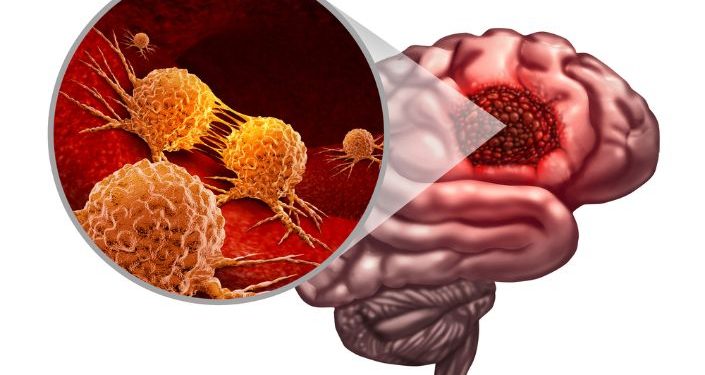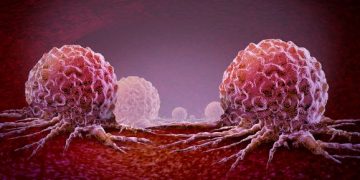Glioblastoma (GBM) is the most advanced form of brain cancer. It develops from glue-like cells called glial cells that surround nerve cells in the brain and spinal cord. The cancer cells are highly abnormal and reproduce quickly. They form tumors that grow rapidly and may spread to other parts of the brain, spine or central nervous system. Glioblastomas are usually found in the brain, although they can occur in the spinal cord or in the eye. GBM is the most common type of primary brain tumor in adults. It is hard to treat, but doctors can control the tumor and symptoms with surgery, radiation and chemotherapy.
There is no cure for glioblastoma, but treatment may help reduce the size of the tumor and slow its growth. A combination of surgery, radiation and chemotherapy is most effective. The standard treatment begins with removing as much of the tumor as possible, which is sometimes difficult because of the location and structure of the tumor. Next, people receive daily doses of the oral chemotherapy drug temozolomide alongside radiation therapy. The combination makes the tumor cells more sensitive to radiation and more likely to respond to temozolomide than if the patient receives either one treatment alone.
After surgery, doctors use radiation to kill any remaining cancer cells and help shrink the tumor. They use a technique called intensity modulated radiation therapy, which allows them to target the exact area of the tumor. This helps prevent damage to healthy tissue near the tumor. People with glioblastoma typically get 30 or more radiation treatments over six weeks. They also take the medication temozolomide on a regular schedule, usually for about two years.

People with glioblastoma often have serious symptoms that affect their daily lives, including headache, memory problems, weakness on one side of the body, difficulty thinking or speaking and seizures. It is very important to seek care from a team of specialists who can weigh all options for treating the tumor from the beginning. This includes discussing what treatment options are available down the line if the initial treatment doesn’t work.
It isn’t clear what causes glioblastoma, but it tends to affect older people. It is more common in white people than in black or Hispanic people. People with certain genetic diseases, such as Turcot syndrome or Li-Fraumeni syndrome, are more likely to develop glioblastoma.
Despite the challenges, many patients and their families find hope in the fact that glioblastoma research is advancing rapidly. For example, researchers are finding new types of drugs that can cross the blood-brain barrier to reach a tumor and stop it from growing. They are also testing other forms of cancer therapy, such as combinations of surgery and radiation with different drugs or a combination of chemotherapy and radiation. These treatments are bringing more people to remission and improving the quality of life for those who remain in remission for longer periods of time. It is also important to talk to your doctor about palliative care, which focuses on managing pain and other symptoms, such as fatigue, depression and anxiety.









